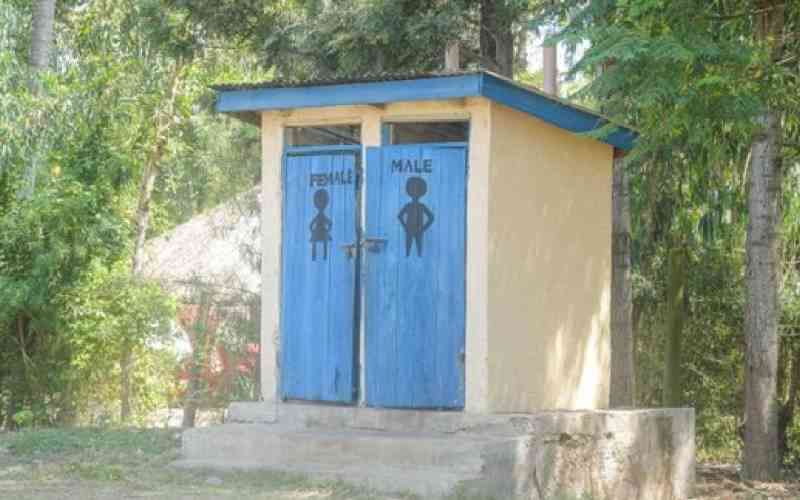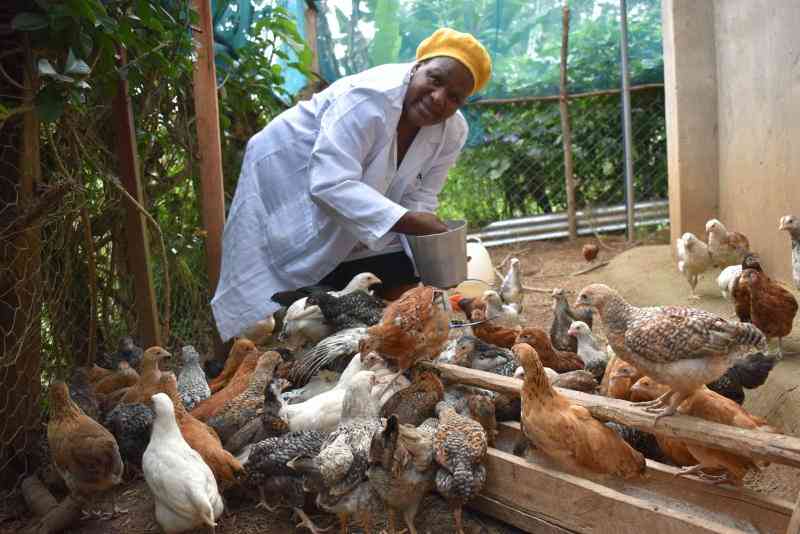A Shit Flow Diagram (SFD) is a survey of the adequacy of municipal sanitation services. A recent survey conducted in Nairobi established that the sewerage services can only handle 25 per cent of the of the city’s human waste while 75 per cent largely goes unaccounted for. Mombasa is even more dire, with less than 10 per cent of the waste accounted for. In Kisumu it is only 6 per cent. This is a sanitation crisis.
Since independence, Kenya has had rapid urbanisation. Less than 6 per cent of the population lived in urban areas in 1963. About 30 per cent do so today. Demographic studies show that Kenya is expected to hit her “spatial tipping point” in 2032.
This means that more than half of the population is expected to live in Urban Areas by then. The urban population is currently estimated to be anywhere between 13 to 15 million people. Of this figure, 70 per cent live in the 5 cities. Either Nairobi, Mombasa, Kisumu, Nakuru or Eldoret.
Majority of these people live in decrepit conditions with little or no access to fresh water. They are likely victims of flooding due to insufficient storm water drainage. They also live in inadequate shelter. Most of the times they live within piles of uncollected solid waste.
Probably the greatest oversight of the new Constitution of Kenya 2010, was the little attention paid to the planning, development and financing of cities. Apart from a half-hearted recognition in Article 184, and a weak effort in the Urban Areas and Cities Act 2015, there exists no clear mechanism to address the challenges of cities.
The issue
Under the Fourth Schedule, of the 14 functions assigned to counties, 7 are uniquely challenging to cities. None of these functions have a clear funding mechanism. The National government barely budgets for them and the city counties cannot afford them.
They remain largely neglected. This means, historically this country hasn’t sufficiently addressed the issue of its urban areas, and there seems to be no clear plan to do so in the future.
This leaves us headed for an inevitable urban crisis. Under the Kenyatta and Moi eras, the funding of cities was done by the Ministry of Local Government.
Studies have demonstrated that this was on average about 3 per cent of the annual national budget. This fell far short of the needs. It provided space for large multilateral and bilateral donors.
The provision of key city services like water supply and sewers was largely donor funded. A good example of this is the Kenya Municipal Programme under the World Bank and various bilateral donor water projects like the French’s provision of water supply systems in Kisumu.
State Department
This unfortunately led to a 'substitution effect', where Kenya did not budget adequately for her cities because someone else may foot the bill. This has continued after the new constitution.
The well meaning Urban Support Programme worth Sh50 billion that coves 45 counties is a continuation of this trend.
Stay informed. Subscribe to our newsletter
This makes the funding of the cities an ad hoc and discretionary exercise. In the recent past, this has been done through the Nairobi Metropolitan Ministry in the Kibaki era. Currently the State Department for Urban Development has been tasked with this responsibility. They, however, remain grossly underfunded.
The Commission of Revenue Allocation seems to have noticed this gap. Under the new revenue allocation formula, there is a new Urban factor that has a 3 per cent allocation.
The Commission has also further introduced a new conditional grant for the cities in her vertical recommendations for the financial year 2019/20. While this is appreciated, it still leaves a significant funding gap in the cities. The net effect is that the country has no clear plan to fund areas that will hold half of its people by 2032.
Without an appropriately sized intervention, informal settlements will continue to grow. The population will continue to outpace the infrastructure investment. This means that in 25 years, four generations from independence shall have consistently lived in slums.
This also means that by our platinum independence jubilee (75 years), we shall still have slums. We shall then have proven the colonialists' null hypothesis; that the African continent is 'unable to manage her affairs”.
Dr. Oduwo is an Economic Advisor, County Government of Mombasa
 The Standard Group Plc is a
multi-media organization with investments in media platforms spanning newspaper
print operations, television, radio broadcasting, digital and online services. The
Standard Group is recognized as a leading multi-media house in Kenya with a key
influence in matters of national and international interest.
The Standard Group Plc is a
multi-media organization with investments in media platforms spanning newspaper
print operations, television, radio broadcasting, digital and online services. The
Standard Group is recognized as a leading multi-media house in Kenya with a key
influence in matters of national and international interest.
 The Standard Group Plc is a
multi-media organization with investments in media platforms spanning newspaper
print operations, television, radio broadcasting, digital and online services. The
Standard Group is recognized as a leading multi-media house in Kenya with a key
influence in matters of national and international interest.
The Standard Group Plc is a
multi-media organization with investments in media platforms spanning newspaper
print operations, television, radio broadcasting, digital and online services. The
Standard Group is recognized as a leading multi-media house in Kenya with a key
influence in matters of national and international interest.










